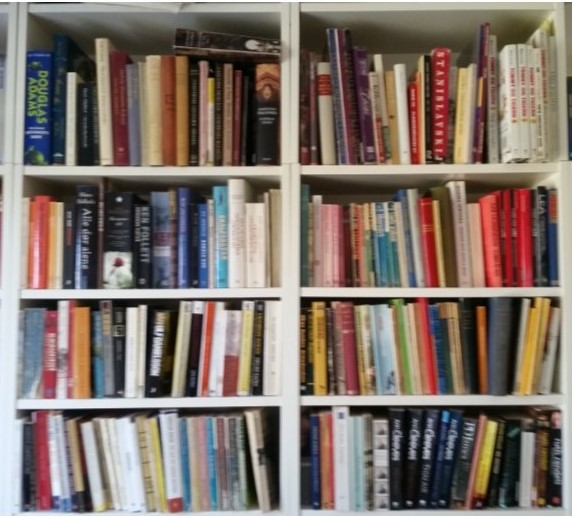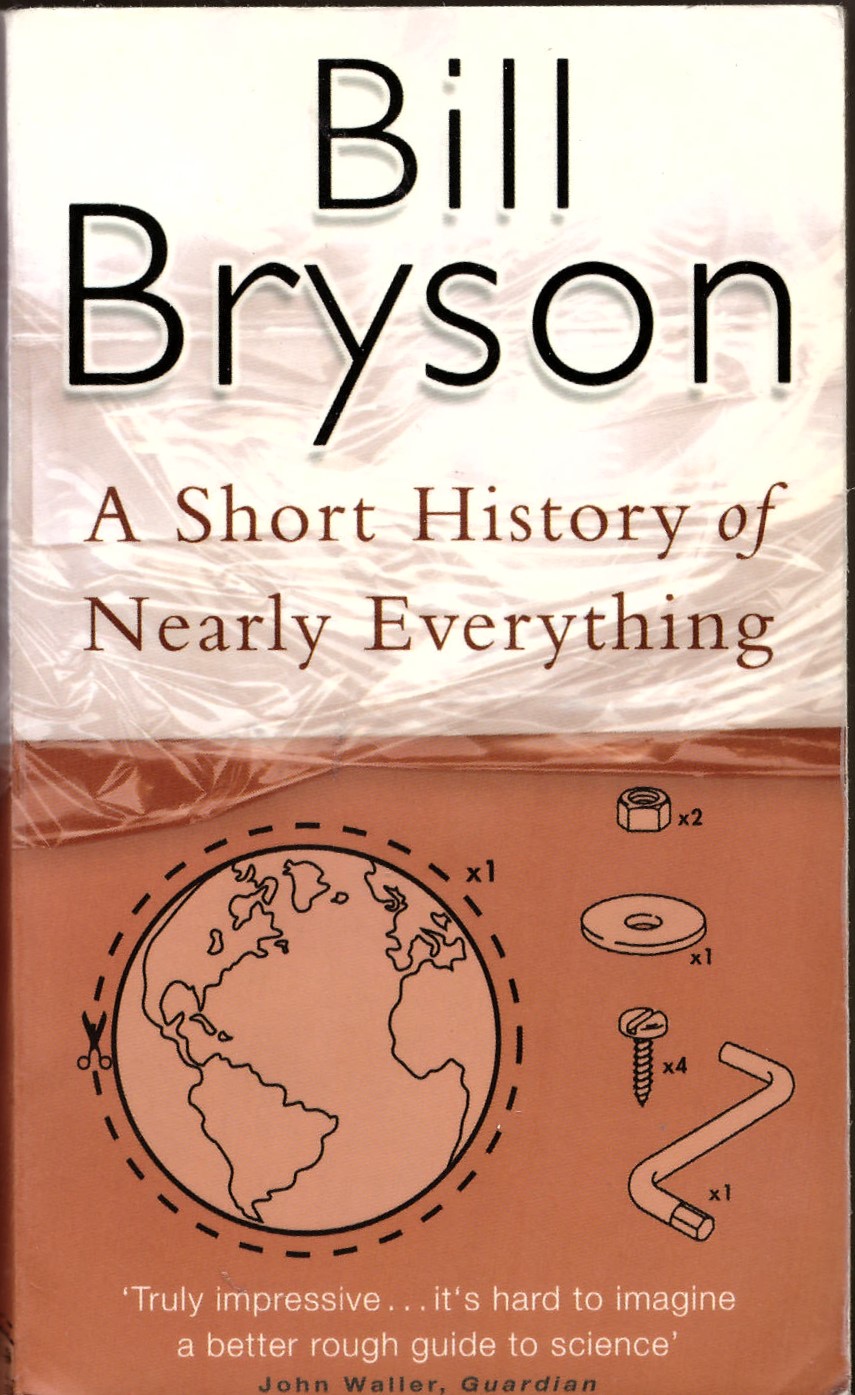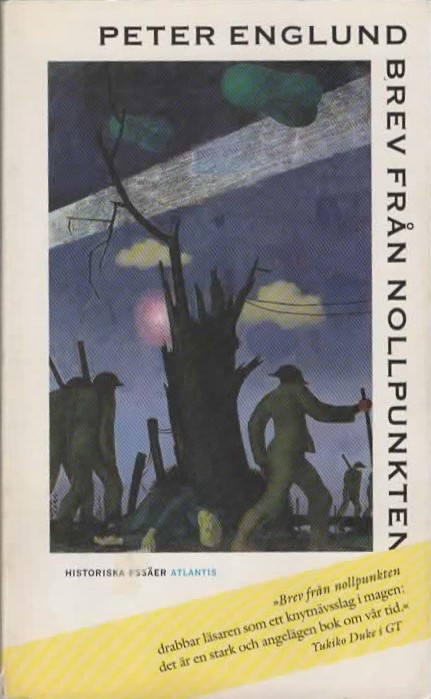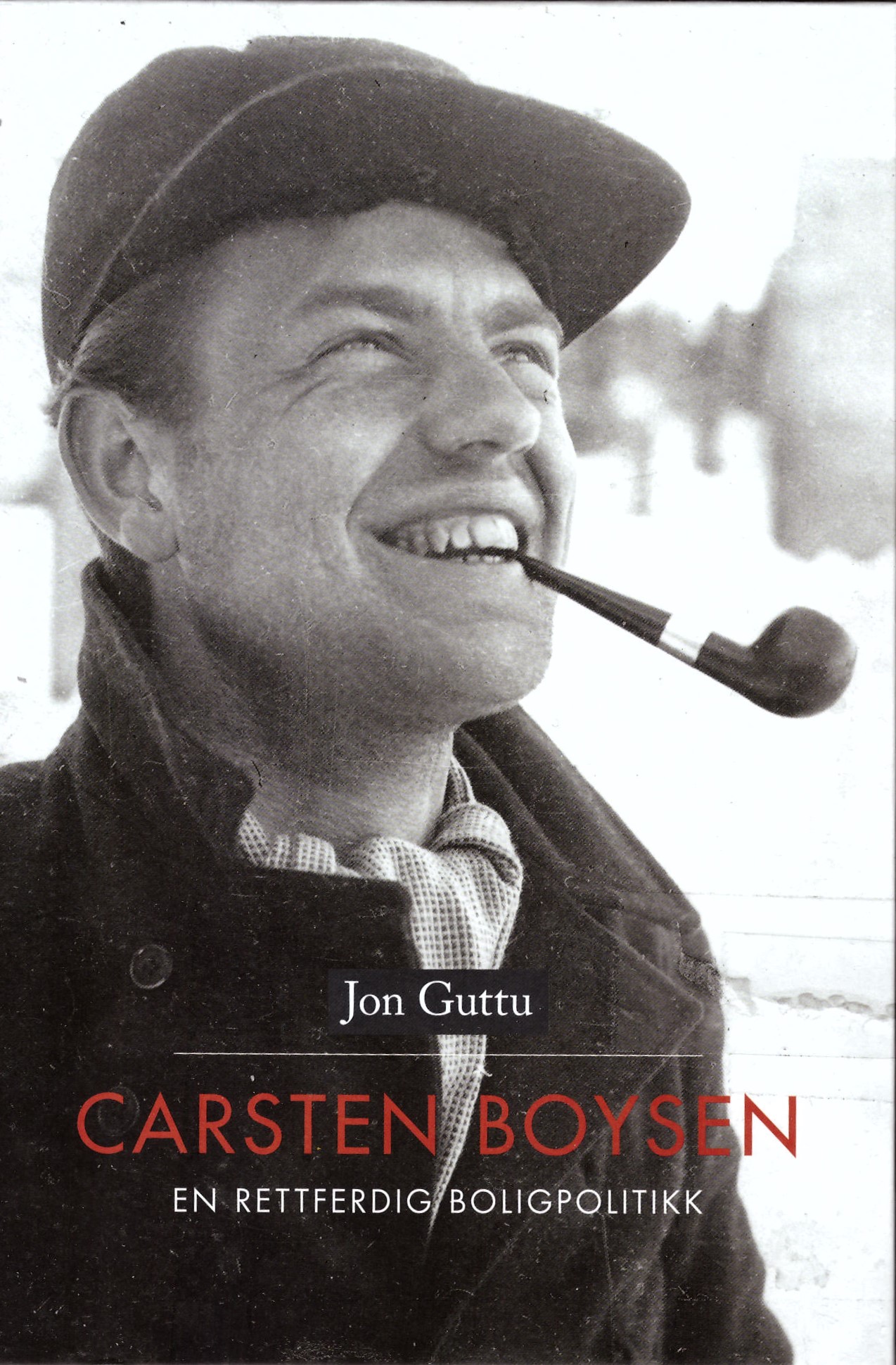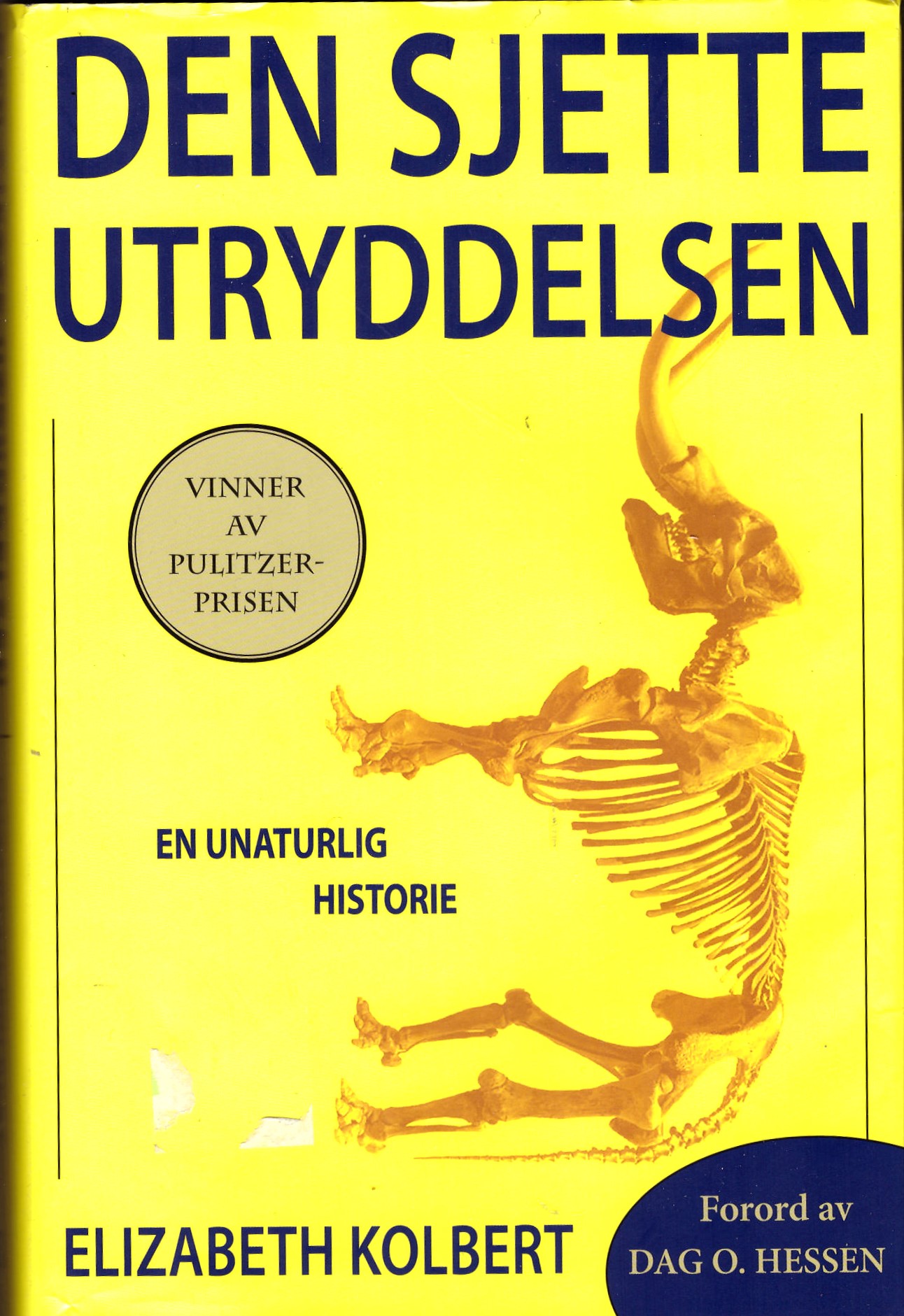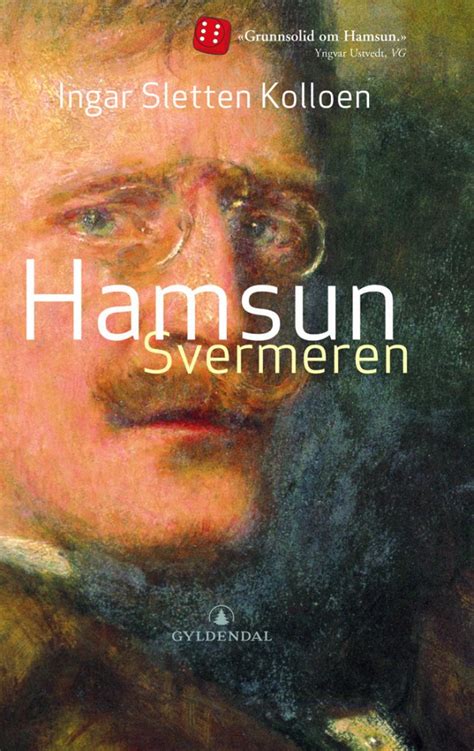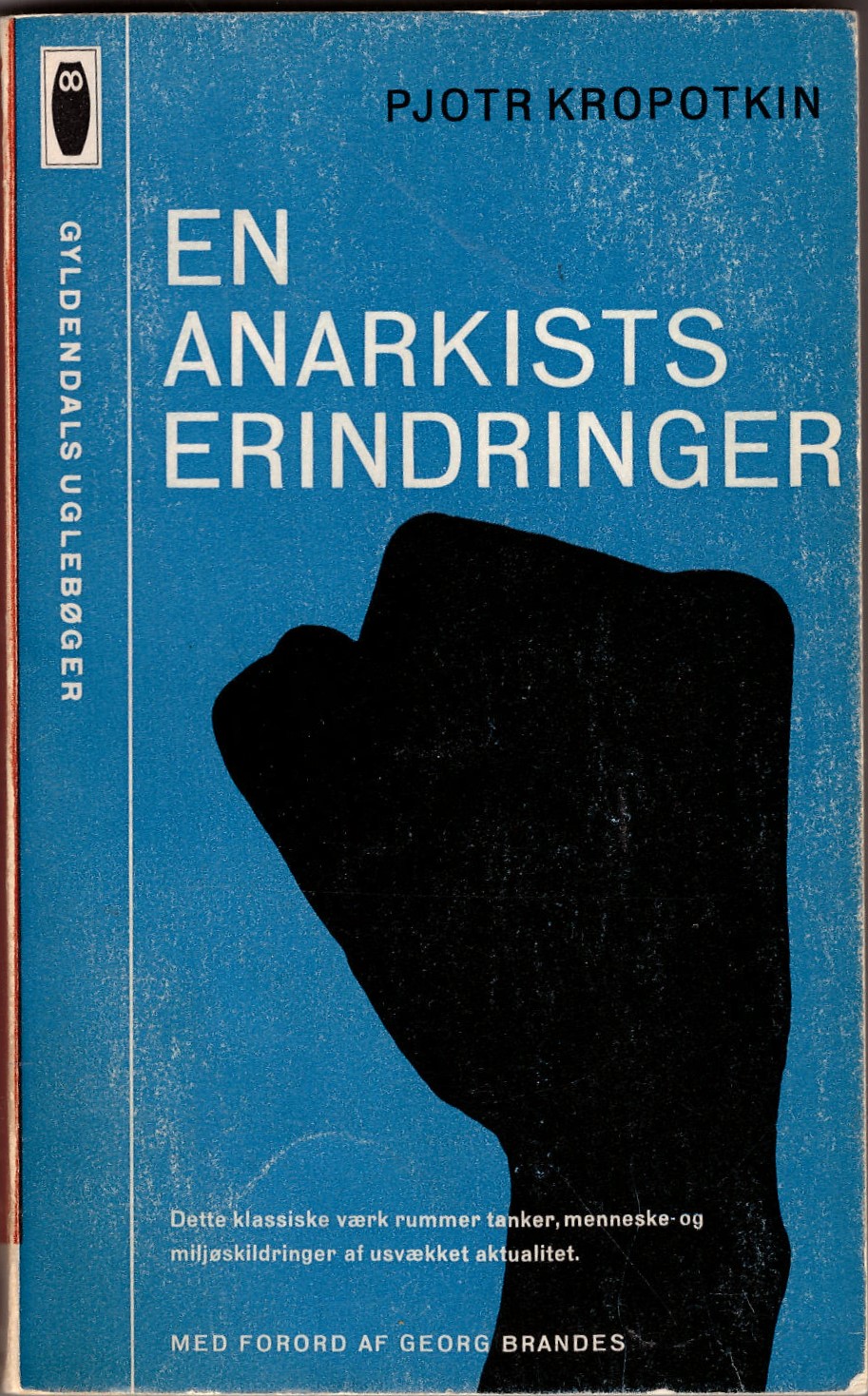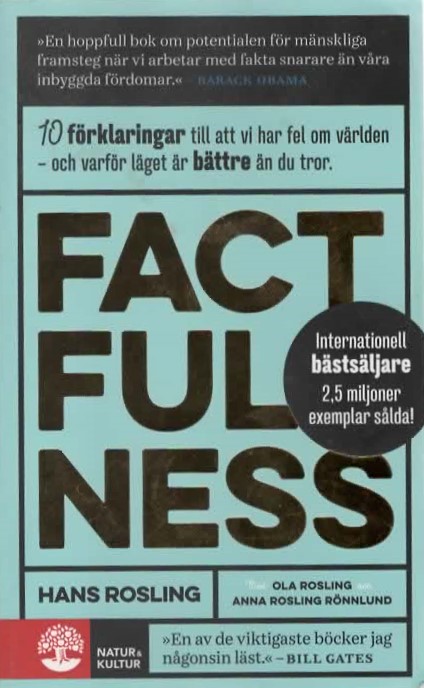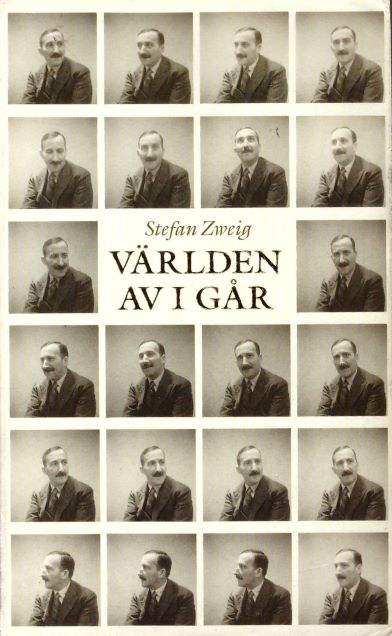Douglas Adams: "The Ultitmate Hitchhikers Guide".
(England 1979 - 1992).This is a completely mad story teasing humanitys very high estimation of itself and its complete lack of understanding how enormous the Universe is.
Émile Ajar: "The Life Before Us".(Frankrike 1975).A Growing up between prostitutes and pimps in Paris, told with the warm and charming precocious wisdom of life by young Momo. This is a book that will make you happy, and you might want to read more than once.
Isabel Allende: "The House of the Spirits". (1982).A familiy story covering several generations, an important piece of work in the latin-american "magic realism". If you liked "One Hundred Years of Solitude" by Gabriel Garcia Marques, you are likely to enjoy this one too.
Paul Auster: "The New York Trilogy". (USA 1985).This is the break-through novel from Paul Auster, probably his most famous and in my opinion his best (and believe me, I have read nearly all the books he has written). It consists of three stories describing life in the metropole through several odd characters who in various ways are striving to find coherences and meaning in life.
Fredrik Backman: "A man called Ove". (Sweden 2012).Ove is a dissilusioned widower who intends to take his own life, but is repeatedly distracted from his purpose by neighbours who are in need of his help, some of them cannot even reverse their car with a trailer connected to it.
Julian Barnes: "Elizabeth Finch". (England 2022).This is a book about a very special university teacher, and about a most thrilling thought experiment: If Christianity had not come to power in the Roman Empire, how would european history the last 1700 years have developed ?
Charles Bukowski: "Last Night of the Earth Poems".
(USA 1992).Bob Dylan may be the greatest american poet of the 20th century. In my opinion Bukowski is a very good number two.
Lewis Carroll: "Alice's Adventures in Wonderland"
and "Through the Looking Glass". (England 1865 - 1871).These adventures might have been written for children, but are so filled with playing with words and mathematics and thought-compelling questions that you never get finished with them. I have read them again as an adult more than once.
Sara Danius: "The death of the Housewife and other texts" (Sweden 2014).Sara Danius (1962-2019) is primarily known for her role as the permanent secretary of the Swedish Academy during the period when the reputation of the Academy was at serious stake after the unveiling of several scandals that had taken place in its inner life. But she also was a very well-informed litterature historian and a good writer. She writes in an easy and engaging way about a lot of issues. In this book she tells about her reading of about 40 different authors, both well known and not so well known, in such a way that you will want to read a lot of them.
Alexandre Dumas: "The Count of Monte Cristo".
(France 1844).The classic story about being innocently convicted and thrown in prison, then escaping the prison in a very dramatic way, finding an enormous treasure on the desolate island of Monte Cristo and finally returning to those who betrayed him and got him jailed, and bring down his revenge on them. Many stories along these lines have been written later, but I guess Alexandre Dumas novel was the first one, and quite sure among the very best.
Bob Dylan: "Lyrics 1961 - 2012". (USA 2016).
Many people might regard Bob Dylan as a rock musician among other such ones. But I once read somewhere that he himselfregards himself primarily as a "songwriter" and a poet, and that the music, the records, the conserts and everything are merely tools he uses to convey his lyrics to the world. I have been fascinated by his texts ever since I first heard "Blowing in the Wind" more than 60 years ago, and I also am among those who found it very deserved when he got the 2016 Nobel Prize in litterature.In this book all his song texts during 50 years are collected between two binders.
Per Olof Enquist: "Captain Nemo's Library". (Sweden 1991).
A novel about being confounded with another baby at the maternity clinic and growing up in a family that is not your own, and about reading Jules Verne's novel about Captain Nemo who travels around the world in his submarine with his library. Some critics at that time called this novel by Enquist "The Ultimate and Perfect Novel" and claimed that it would not be possible to write a better one. That is of course open to discussion, but it is no doubt a book worth reading.
Ildefenso Falcones: "The Cathedral of the Sea" (Spania 2006).The story about how the dock workers in Barcelona in the fourteenth century through enormous efforts managed to build their own beautiful church, the Santa Maria del Mar.
Per Anders Fogelström: "City of My Dreams" etc.
(Sweden 1960 - 1968). This is a story consisting of totally five novels telling the story of a working class family at Södermalm in Stockholm through more than one hundred years, from when the young coupple of Henning and Lotten first meet under very poor circumstances in the middle of the nineteenth century all the way to their descendants live an absolutely different kind of life in Sweden of the nineteensixties. It should be compulsory reading for every relatively well-off person who regards todays well organised society as something to be taken for given.
Ken Follett: The Trilogy about the 20. Century.
(England 2010 - 2014).This is great litterature, in all meanings of those words. The total history of the 20. century is being told rather thoroughly through three big volumes on totally more then 3000 pages. The persons we meet are eyewitnesses to all the major historical events, and on the same time being related to one another in sophisticated ways. Follet has managed to describe the history of world and simultanously give us the life story of persond we do not only believe in, but even grow sympathy for. A page-turner, in spite of its big volume.
Jean Michel Guenassia:
"The Incorrigible Optimists Club".(France 2009).A group of very poor eastern europeans are living in exile in Paris in the nineteensixties. They survive by driving taxis and take casual jobs, and they meet each other at a cafe where they play chess. From time to time they are visited by Jean Paul Sartre, who discreetly gives them some money, which they receive rather reluctantly, as they do not like Sartre being a communist.
Knut Hamsun: "Victoria".(Norway 1898)
and "Growth of the Soil" (1917).It is impossible for me to make a list like this without putting Hamsun's name on it. It has to be admitted that he was a nazist, but on the other hand: Nobody has written more obsessive litterature in norwegian than he has. There are many titles that could have been listed here, but I have chosen merely these two. "Victoria - a Love Story" because it was the very first story by Hamsun I ever read (when I was 13 - 14 years old), and "The Growth of the Soil" because it is among the books by Hamsun that I have read more than once. Furthermore it was much because it was the main reasom he was awarded the 1920 Nobel Prize. But it has to be admitted that it also was the book that made him especially popular among the german nazis.
Johan Harstad: "Max, Mischa and the Têt Offensive".
(Norway 2015).This is a real brickstone of a book on more than 11 hundred pages, but once you start reading it you might have trouble putting it aside, and somebody may even wish it was even longer once they have finisherd it. It conists of several stories woven into each other, but the main one is about young Max who in the mid nineties at the age of fourteen moves with his parents from Stavanger, Norway to Long Island, New York, and how he grows up to be a theatre director. But it is also about his Uncle Owen,who migrated the same way nearly thirty years earlier, with an ambition of being a musician in New York, but instead few years later finds himself as a US soldier fighting in Vietnam. It is about migration, friendships, ambitions and losing illusions, in short, it is about life. Johan Harstad has among other things also written"Hässelby", the story about what happened to a well known swedish childrens book figure named Alfons Åberg when he grew up and started to work in a store.
Piet Hein, "Kumbel": "Gruk fra alle aarene".
(Denmark 1940 - 1960).Piet Hein was a multitalented danish genius famous among otherthing for his construction of the "super ellipse" on which danish architect Arne Jacobsen designed his famous table. But Piet Heinwas also a master in conveying wisdom in very short and elegant poems called "Grooks". Unfortunately most of them do exist only in danish.
Hermann Hesse: "Siddhartha" and "Steppenwolf".
(Germany 1922 og 1927)."Siddhartha" is a little story from the time of Gotama Buddha about two young men in search of wisdom and enlightenment."Steppenwolf" is the most famous of Hesses novels, about the lonely and unhappy outsider Harry Haller and his disgust for life and contempt for the society and its institutions, like the army and the church.
Khaled Hosseini: "The Kite Runner".(USA 2003).This book gives us a picture of life in Kabul before and under the first Taliban regime of 1998 -2003, about daily life and class differences, about the playing with kites, which is quite popular among the boys in the city. But also about how dramataic events put an end to this game, and a lot of other things.
Peter Høeg: "The History of Daniskh Dreams".
(Denmark 1988).This is the first book by Peter Høeg, who later has given us "Smilla's Sense of Snow" and "Borderliners"."The History of Danish Dreams" consists of several stories about the fear and the expectations with which danish people in the past centuries looked forward to the twentieth century, from the sixteenth century and forward. These stories have strong elements of the genre of "fantastic realism".
Roy Jacobsen": "The Victors".
(Norge 1991)."The Victors" is the break-through novel by Rolf Jacobsen. It describes the enormous changes that took place in the norwegian society during the twentieth century, and about the dominance of the social-democratic party in those years. But first of all it is a story about how it was to grow up in a small working class suburb to Oslo in the nineteenfifties and -sixties.
Tove Jansson: "Trollwinter".
(Finland 1957).If you are not familiar with the Moomin Universe created by Tove Jansson, this book is a good one to start with. Normally the Moomin Family sleeps through all the winter months. But this time things turn out differently.
Carsten Jensen: "We, the Drowned". (Denmark 2006). This is something as rare as a story told by a collective of drowned souls that covers centuries of life stories, all of them fishermen, soldiers and sailors from the small danish town of Marstal. Despite its modest size, Marstal has hold a dominant position in Denmark when it comes to shipsmanship and having a close relation to the oceans. Through the centuries, most young men from the town went to the sea, and very many of them ended up drowning. And what was the point of all of it ?
Jonas Jonasson: "The Hundred-Year-Old Man who Climbed Out of the Window and Disappeared".(Sweden 2009).This is probably the funniest book written so far in the 21.century. I don't think I have laughed so much since I read P G Woodhouse more than fifty years ago. The Hundred-Year-Old Man Alan Karlson is a mining specialist who has lived a fantastic life. and through a lot of very inprobable coinsidences he has met most of the leading political figures in the world during his hundred years lifetime. In this book the often misused phrase "incredible" is quite precise. The stories of Alan Karlson has nothing to do with the truth, but they will surely make you laugh.
Frantz Kafka: "Stories" (Germany 1935).Frantz Kafka is most famous for his novels "The Trial" and "The Castle", but several of the short stories in "Stories" has also made a deep impact on me, especially "The Metmorphosis" about Gregor Samsa who wakes up one morning to find that during the night he has been transformed to a "huge nasty creep", a kind of a giant cockroach. Not a very good morning.
Jack Kerouac: "Desolation Angels"(USA 1965).
Hans Kirk: "The Fishermen", "The Day Labourers" og "The New Times"
(Denmark 1928 -1939).These are stories that describes a small community on the west coast of Denmark in the time when it is transformed from a fishermens village to a small industrial town.
Tom Kristensen: "Havoc" (Denmark 1930).A novel about self-destruction that goes deeper than most other in the genre. Copenhagen towards the end of the nineteentwenties: Everything goes the wrong way for the cultural editor in the dominant danish newspaper. He drinks too much, his wife leaves him, old friends from his more radical youth are bothering him and his consciousness, and his position as an editor is at stake.
Milan Kundera: "The Unbearable Lightness of Being"
(France 1984).
Astrid Lindgren: "Mio my Mio"
(Sweden 1954).This is one of the very first books that I read all on my own, when I was eight years or so. At the same time, I could listen to a dramatized version of it in a radio program for children. It was something very poetic about it that touched me, perhaps particularily in the names, Mios best friend "Jum-jum", "My father the King", "The Land Outside", "The Evil Knight Cato", and last but not least, "The Sorrow Bird".
Gabriel Garcia Marquez: "One Hundred Years of Solitude"
(Colombia 1967).I guess this is the most famous work of the latin american "fantastic realism". Anyway, it is one of the most fantastic novels I have ever read, depicting the history through one hundred years of the village of Macondo, which is situated so far into the south american jungle that nearly nobody knows where it is. Marquez got the 1982 Nobel Prize in litterature for it.
Håkan Nesser: "Eleven Days in Berlin"
(Sweden 2015).I guess nobody today masters the swedish language more elegantly than Håkan Nesser. He is first of all known as a writer of crime stories, but he is on a level far higher than most such writers. All of his books are worth reading more than once, but if I had to pick a special favourite, it has to be this warm and entertaining story of young slightly brain damaged Arne ("I am not as stupid as you think.") who one day has to go to Berlin on an important mission.
Martin Andersen Nexø: "Pelle the Conqueror" and "Ditte, Child of Man" (Denmark 1906- 1921).These are great and thrilling stories about the harsh conditions that the working class in Denmark had to stand out with about a hundred and twenty years ago. "Pelle the Conqueror" is a four book story covering the total life span of Pelle from he grows up as the son of a farmers worker at a mansion in Bornholm, later learning to be a shoemaker in the main town on the island, then engaging himself in the creation of the workers unions in Denmark and finally with the establishing of the cooperative movement ¨in the country.
"Ditte" is the two book story about a hard working woman in Copenhagen engaging herself in helping all the other poor people that she is constantly surrounded by. So hard she struggles, that she dies from exhaustion at the age of only 25.
George Orwell: "Coming up for Air"
(England 1939) .George Orwell is primarily known for his dystopic future novel "1984" and the political satire "Animal Farm" ("All animals are equal, but some animals are more equal than others." But a third book worth reading is this little story about a man who wins a few thousand pounds in a lottery and decides to take a few days off, all on his own, and visit the tiny village where he once grew up, and may be go fishing in the very same pond as when he was a kid. It turns out this was not a very good idea.
Per Petterson: "In the Wake"
(Norge 2000) .I hold this for being the very best of Per Petterson's books. This is where he tells about the "Scandinavian Star"Ferry Disaster of 1990, where 159 people lost their lives, among them the author's parents, his brother and a niece. It is a very naked and personal story, that leaves nobody unmoved.
Robert M Pirsig:"Zen and the Art of Motorcycle Maintenance" (USA 1974).If I should pick one book to be the best I ever read, this is the one. A philosophical thriller about one man's search for what is to be understood with the expression "quality". Pirsig wrote one more book that is not so well known, "Lila", but also is absolutely worth reading.
J D Salinger: "The Catcher in the Rye"
(USA 1951).If I never had come across "Zen and the Art of Motorcycle Maintenance", then this one would have been the best I ever read. More than seventy years after its first publishing, it still sells about one million copies every year, and new generations of youth find it tells them soemthing they recognize.
Aksel Sandemose: "A Fugitive Crosses his Track"
(Norway 1933).Danish Norwegian author Aksel Sandemose is here telling the sad story of his childhood in a small danish town, and is also introdusing what has been known as the "Law of Jante", the code that governs daily life in small communities everywhere in the world. He was nominated for the Nobel Prize 1963, much for this book, (but not rewarded it). But it is a rather bitter story, and when I read it for a second time recently, it occurred to me that this is not much more than a grumbling old man complaining about having had a bad start in life.
Hans Scherfig: "Idealists" (Denmark 1944).This is a satirical novel about astrologists, vegetarians, eaters of raw food, barefoot walkers, and last but not least cultural celebrities fascinated by nazism. Scherfig continued making fun with these kind of people in the secuel novel "Frydenholm" in 1963. Scherfig is a very skilled satirical writer, and as we today are more or less drowning in various kinds of "new-age" idealists, these books continue to be relevant.
Susan Sontag: "The Volcano Lover" (USA 1992).This is a novel giving us a very interesting picture of Europe around 1700, telling the love story between Admiral Nelson and Lady Hamilton (she was married to the britsh diplomat who loved volcanos). It also gives us the interesting story about why the sailor's dress in the british navy looks as it does.
Émile Zola: "Germinal" (France 1885).About the hard life in a miner's town in the north of France, and about the travelling casual labourer Etienne, who comes there as a travelling missionary but soon up initiates a strike that has dramatic consequenses for the involved miners, but ends up without having led to any changes for them. The story is based on the experiences that Vincent van Gogh had in the same mining district in the end of the eighteenseventies and that he told Zola about when they met in Paris. "Germinal" is regarded as Zola's masterpiece.
Klas Östergren: "Renegades" (Sweden 2020). This is the book where Östergren unveils what happened behind the closed doors in the meetings in the Swedish Academy in the winter of 2018.
| | 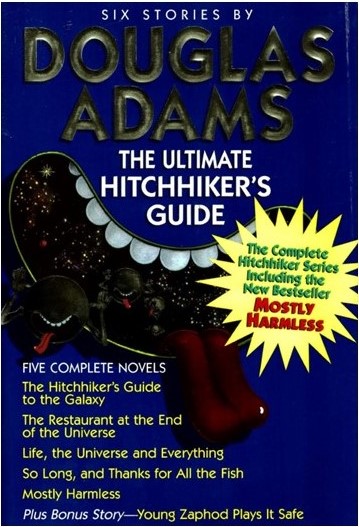 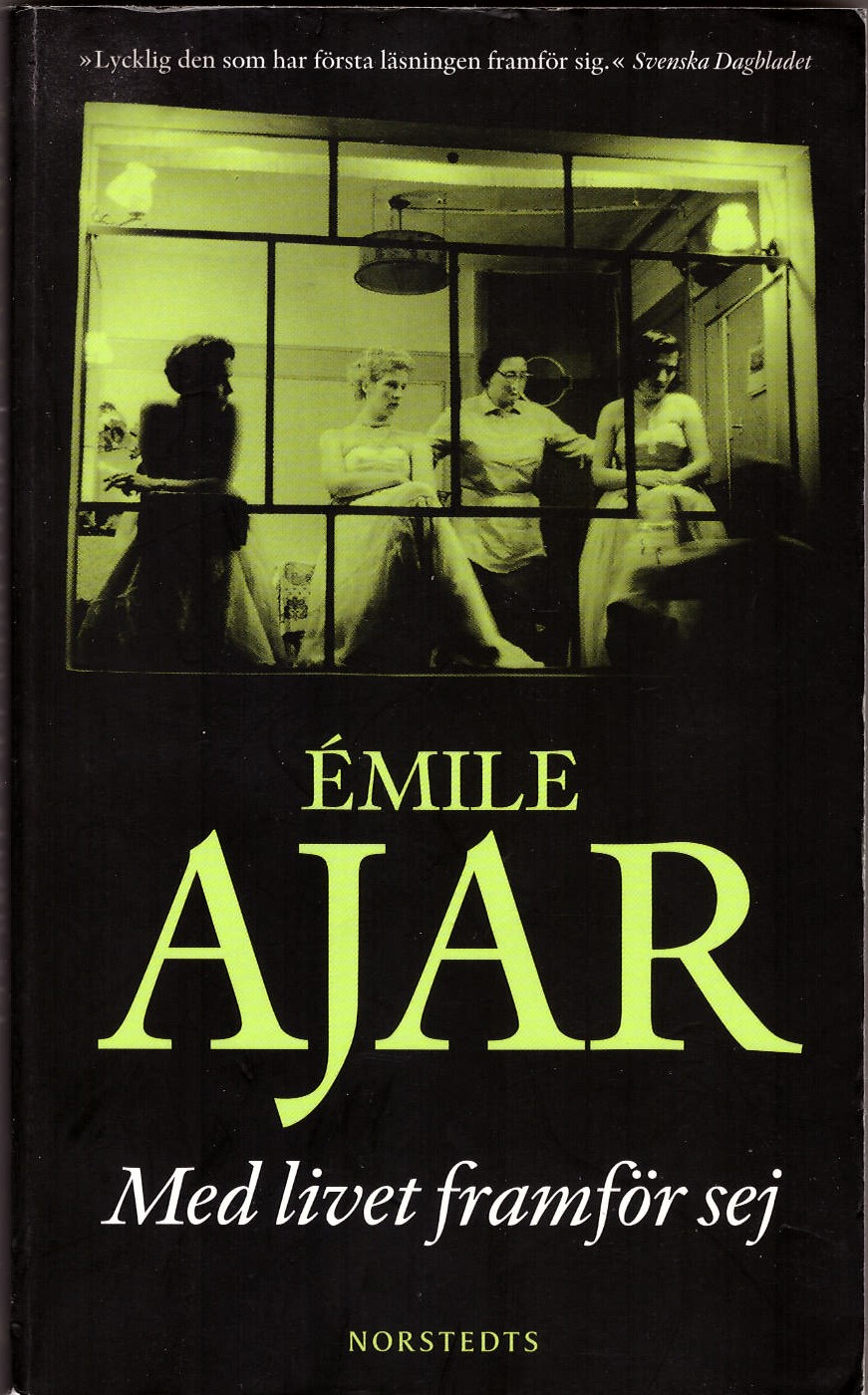 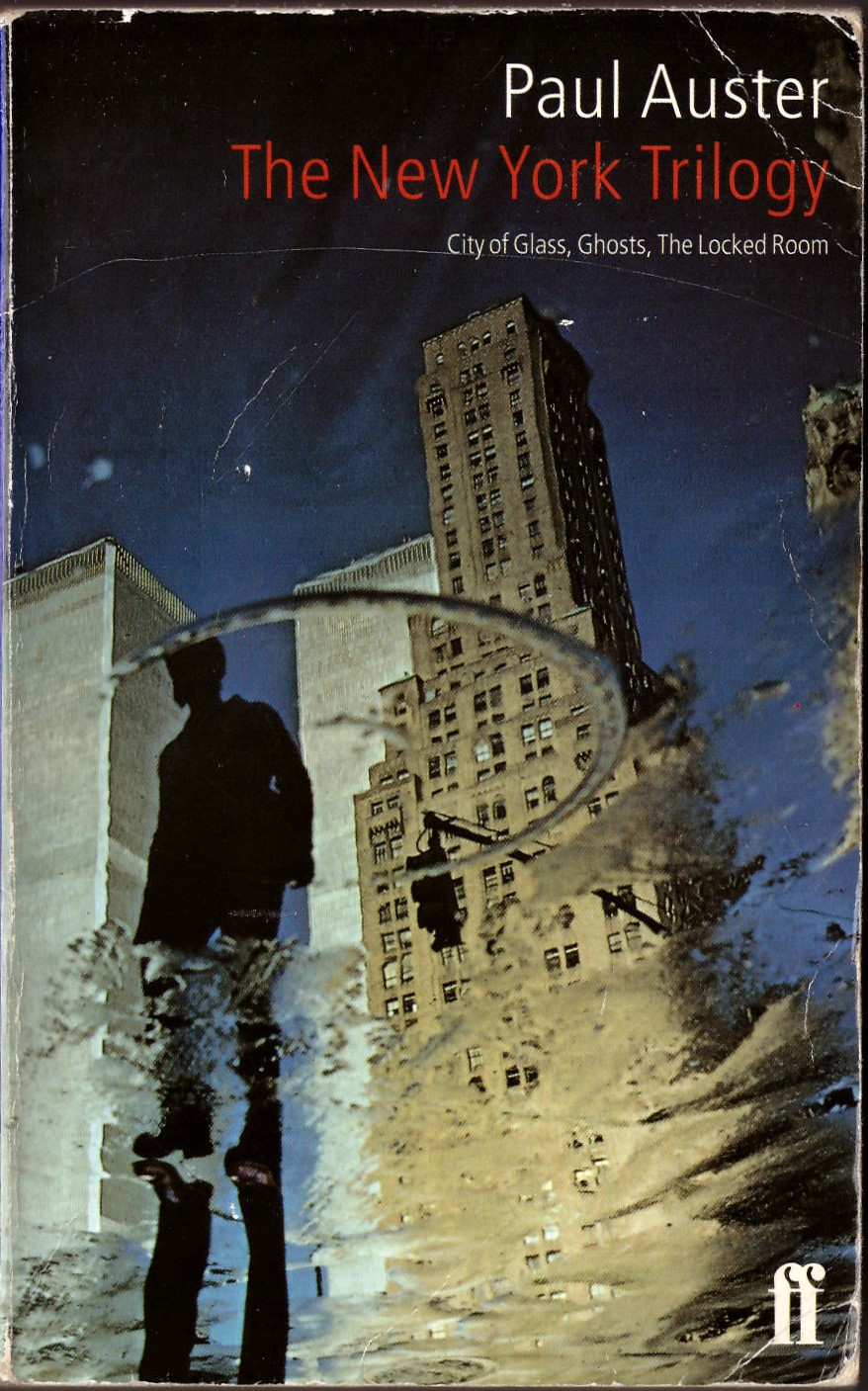 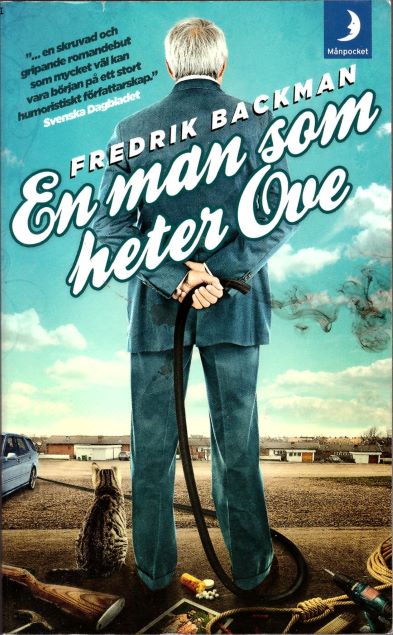
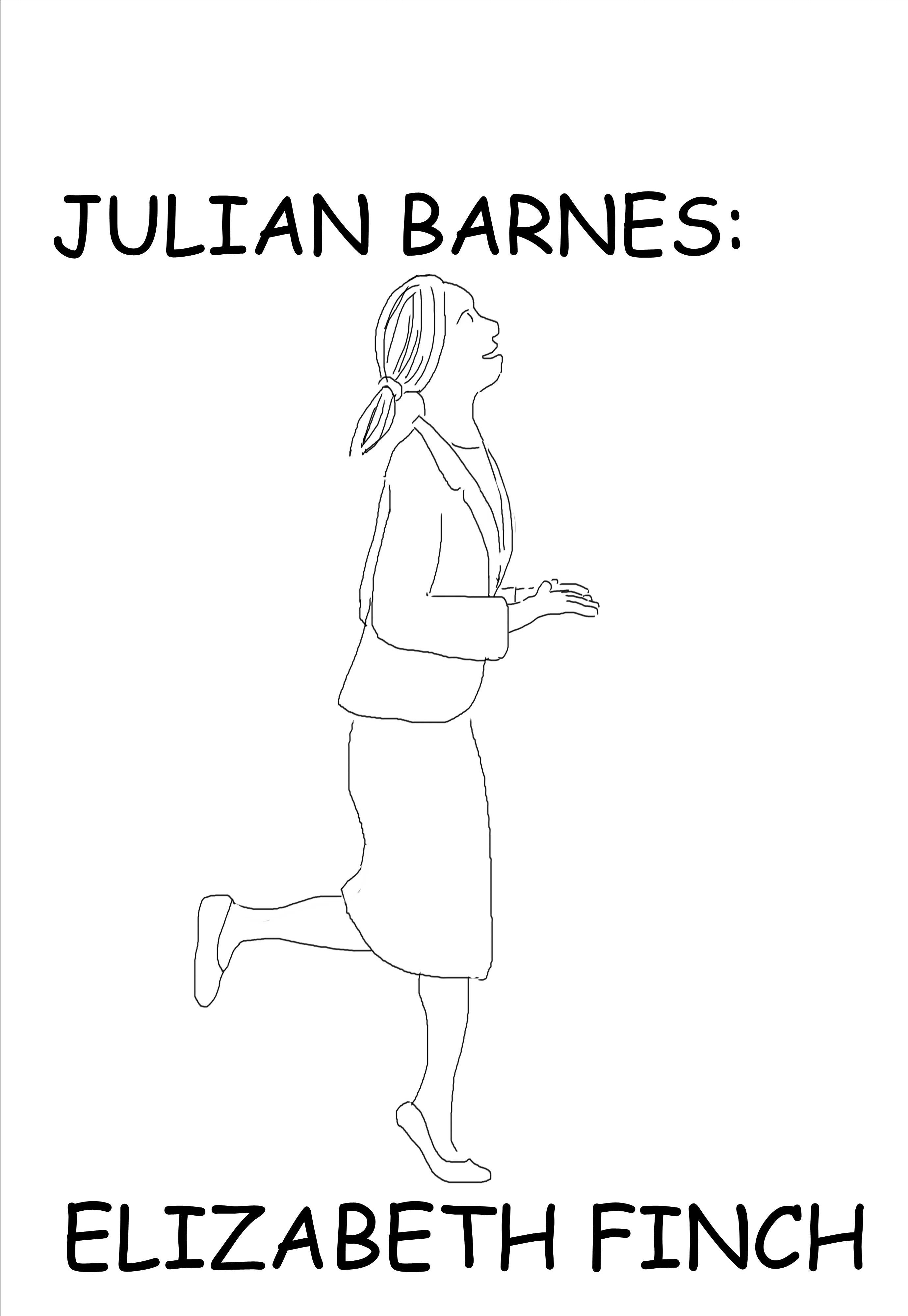 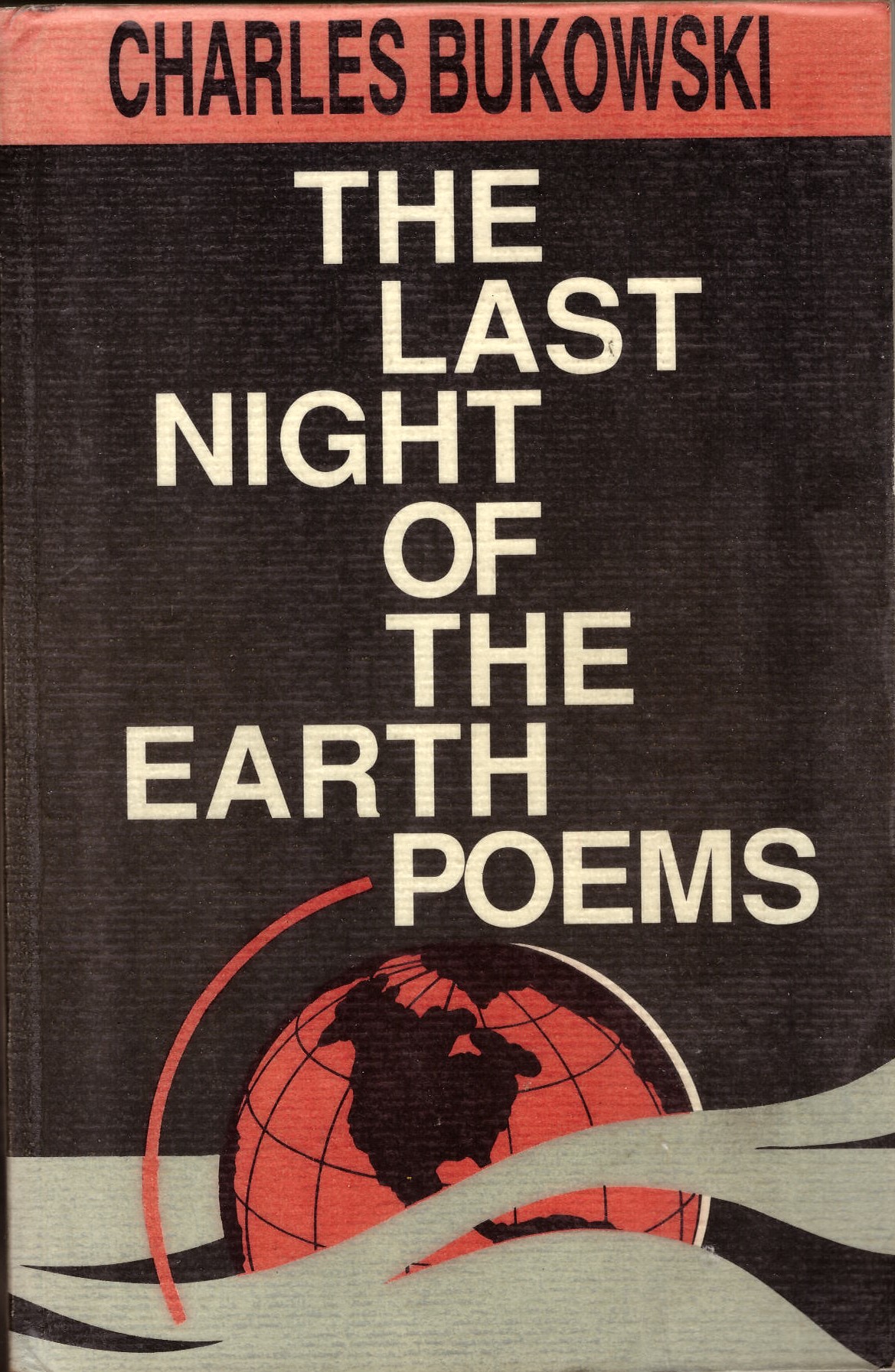  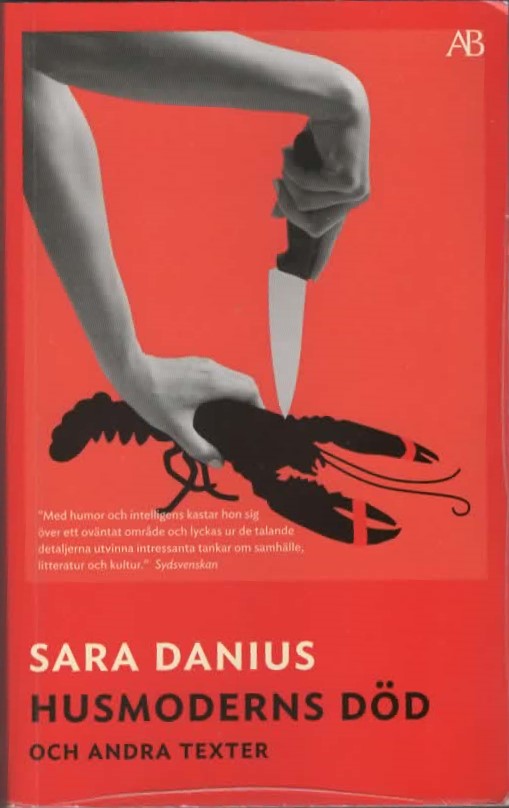
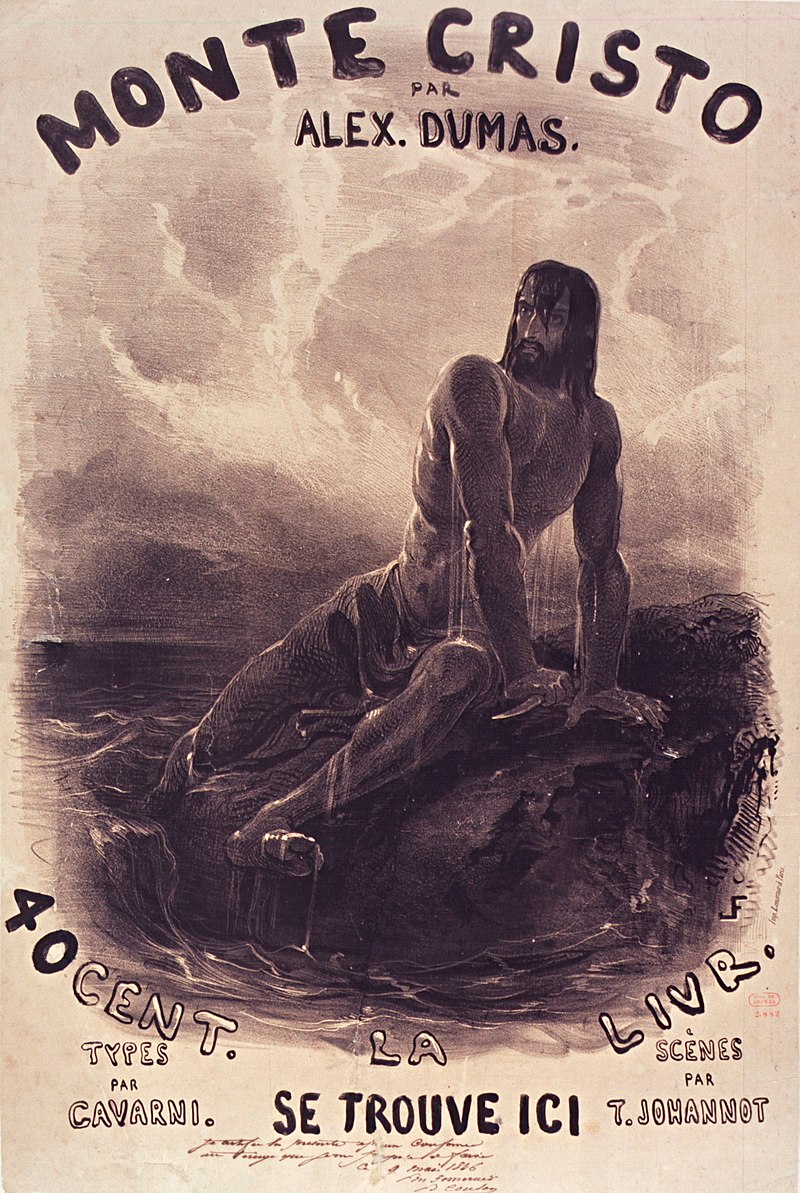  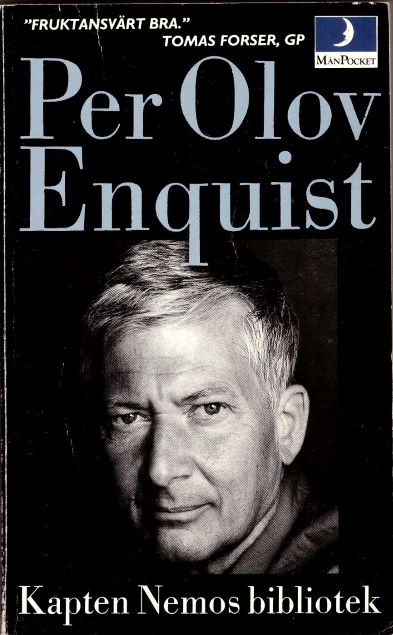 
 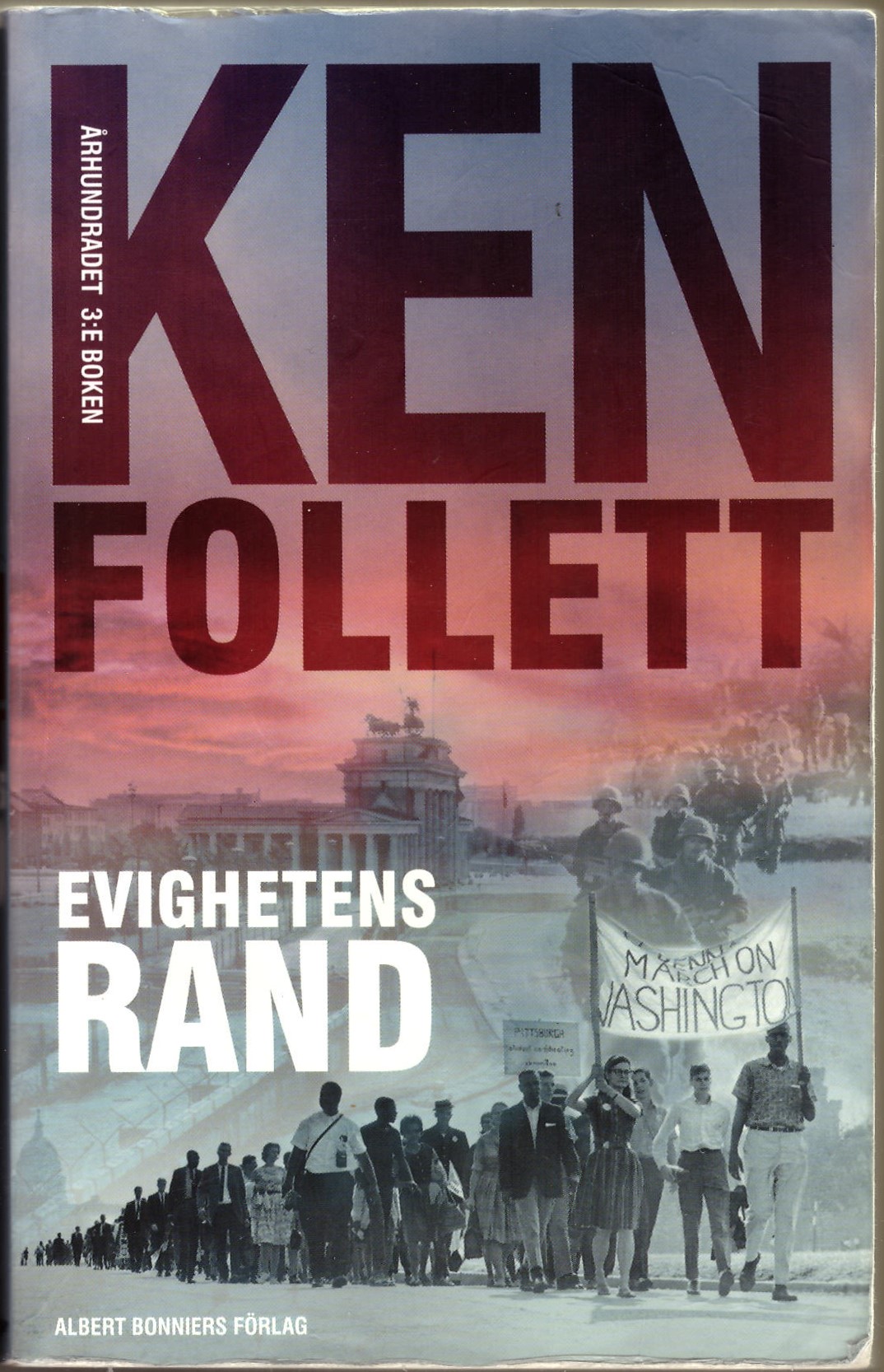  
   
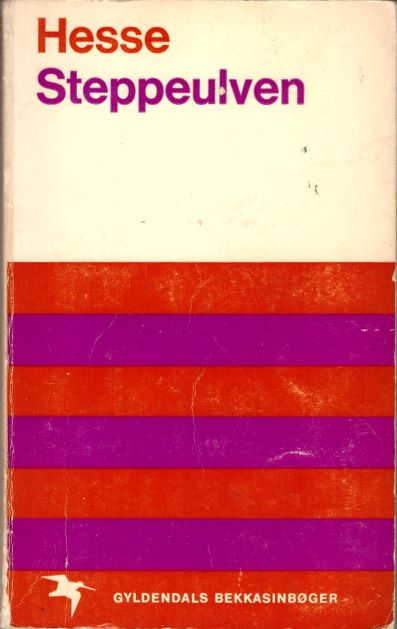 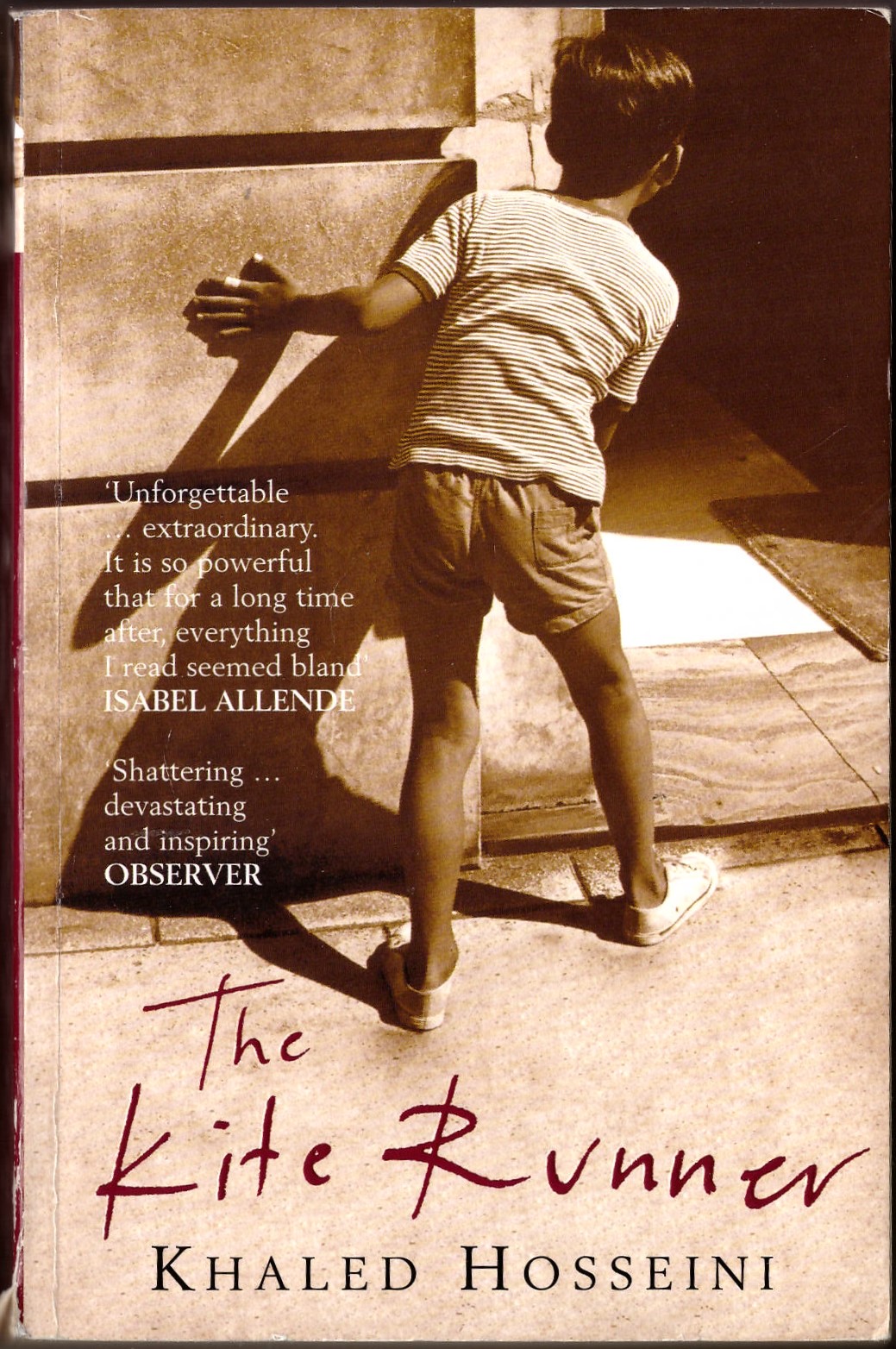  
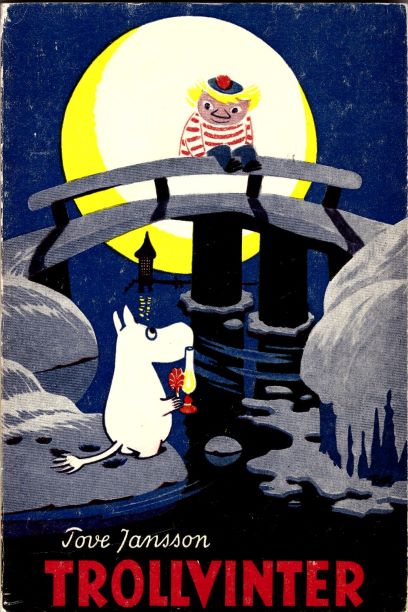 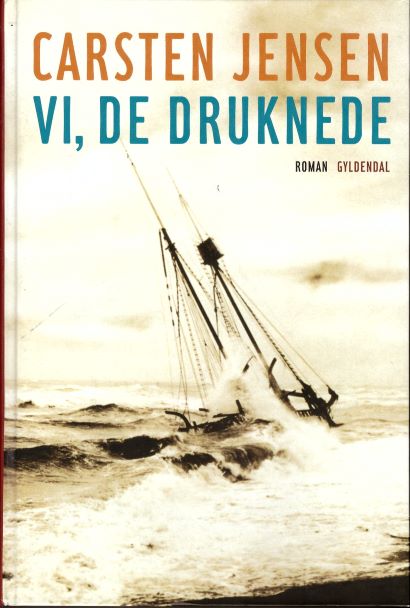 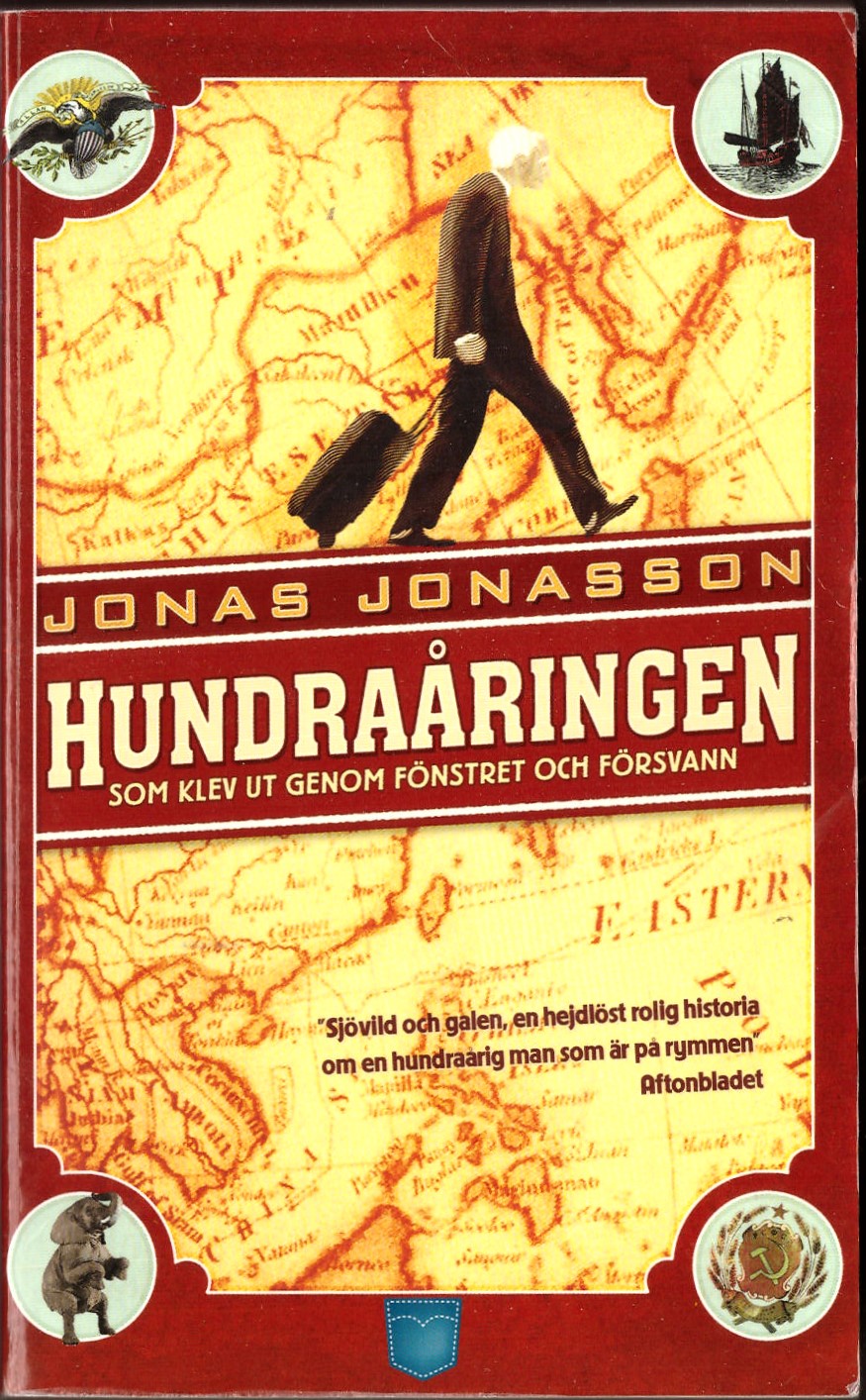 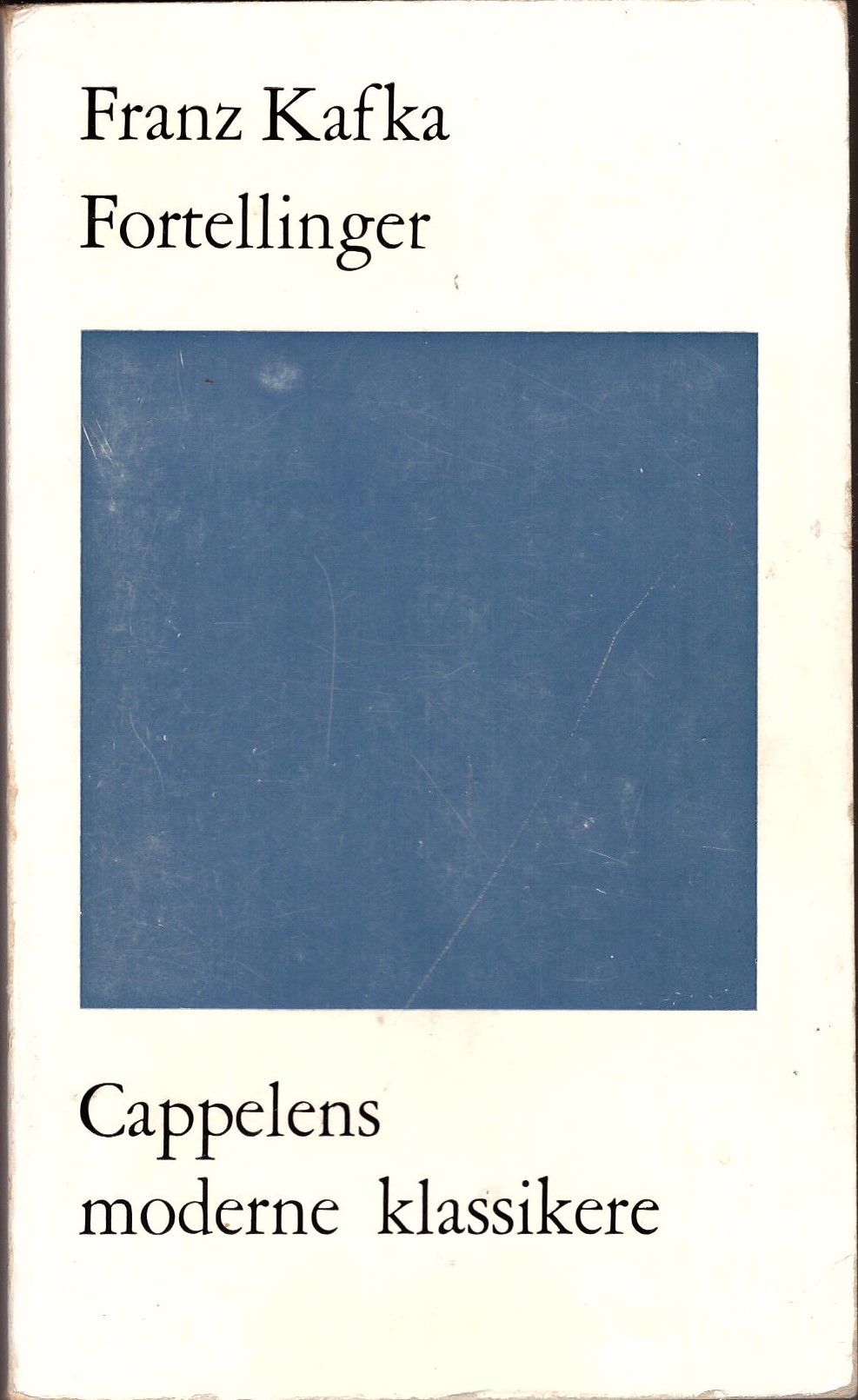
 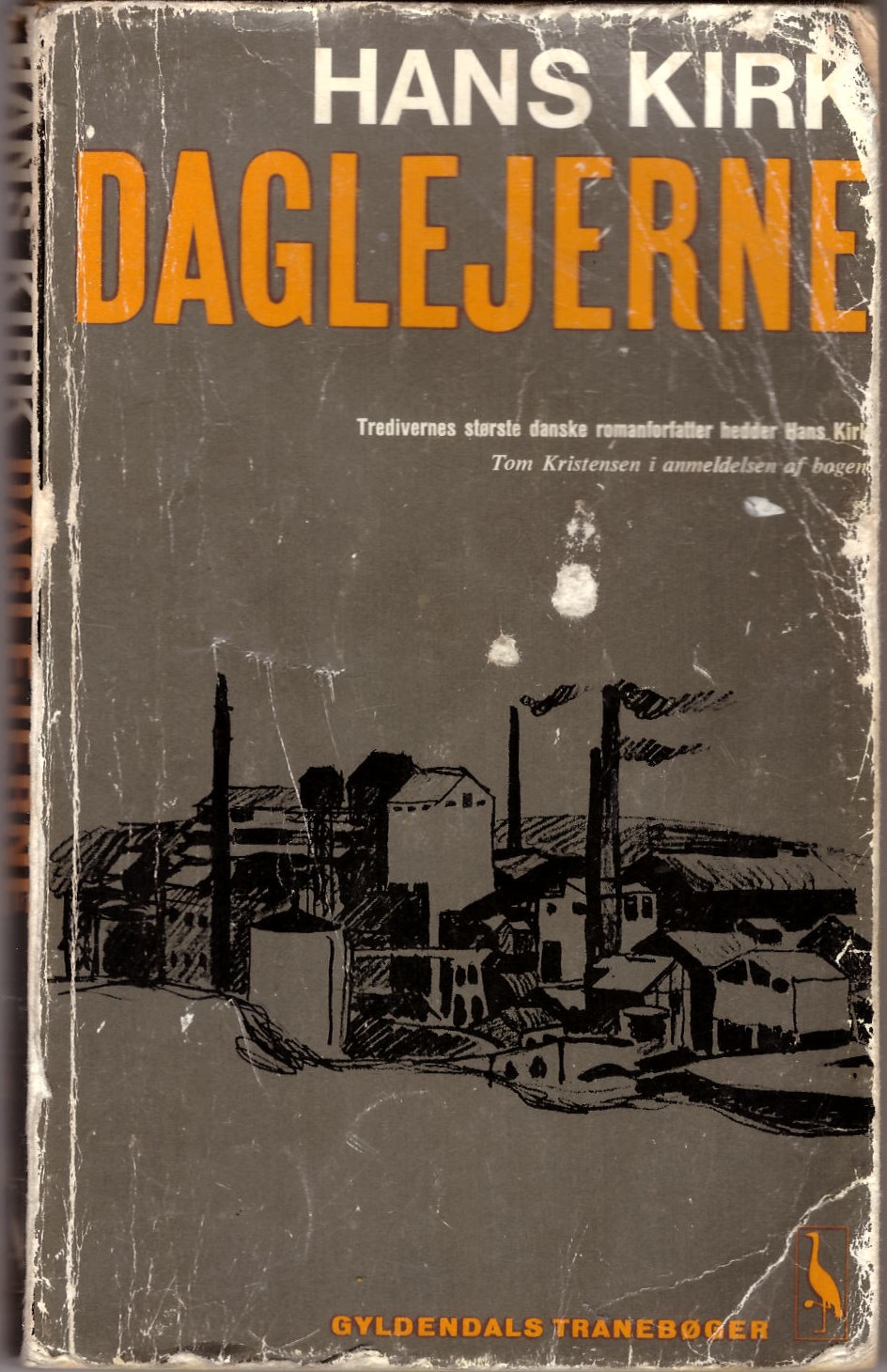 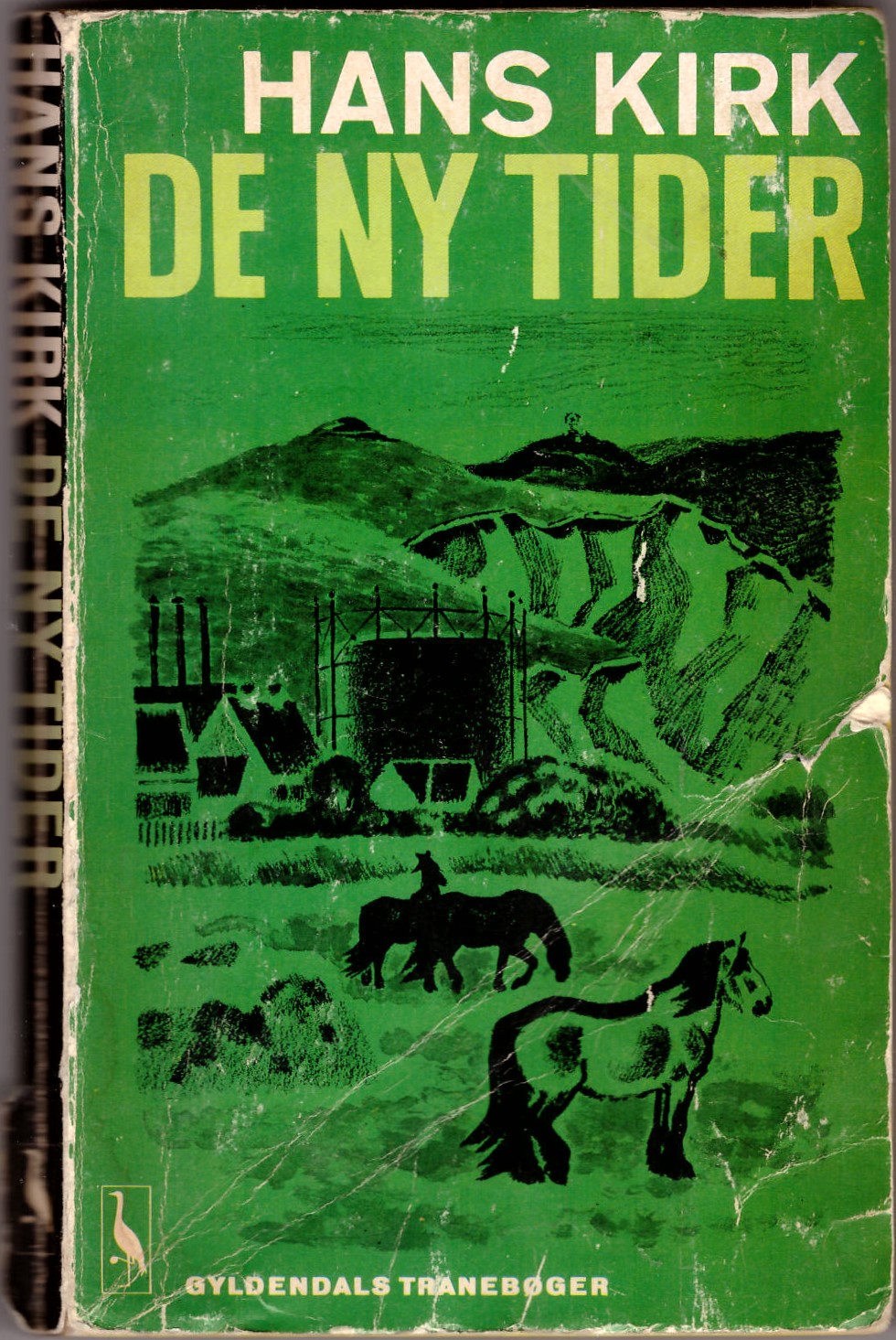 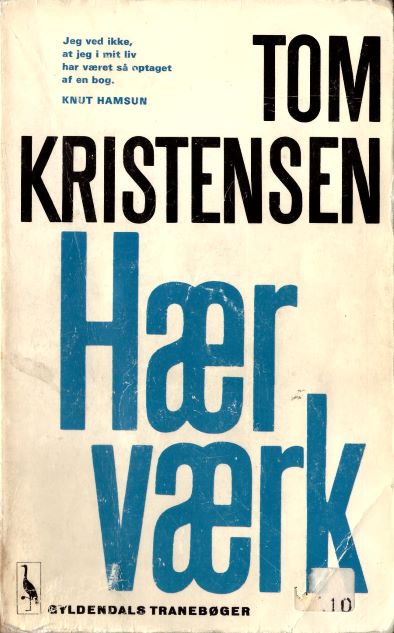
 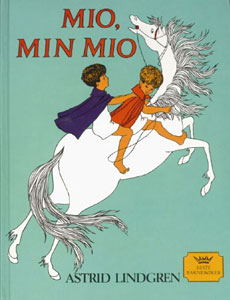 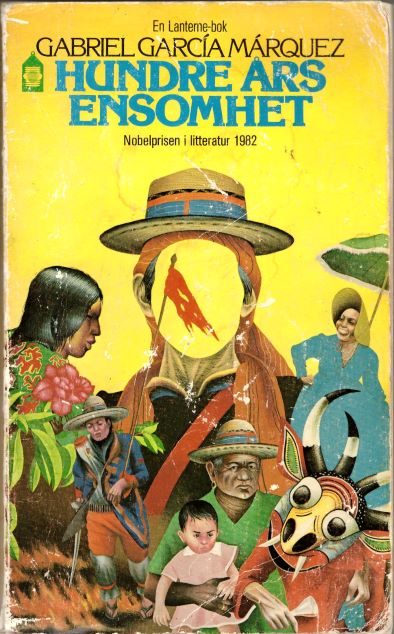 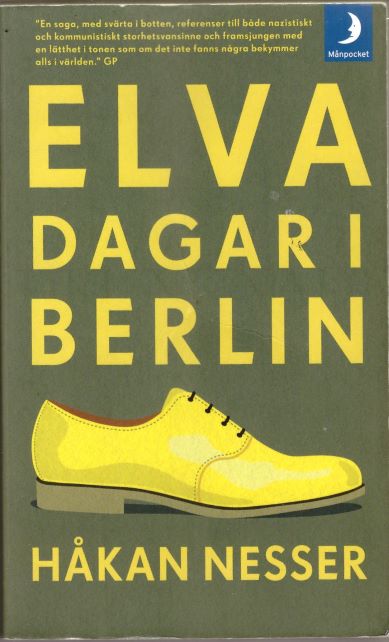
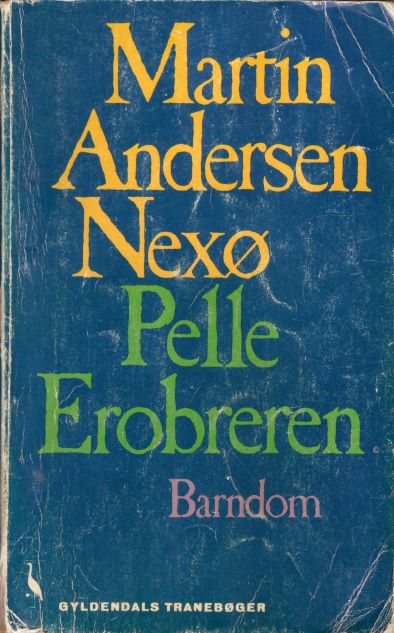 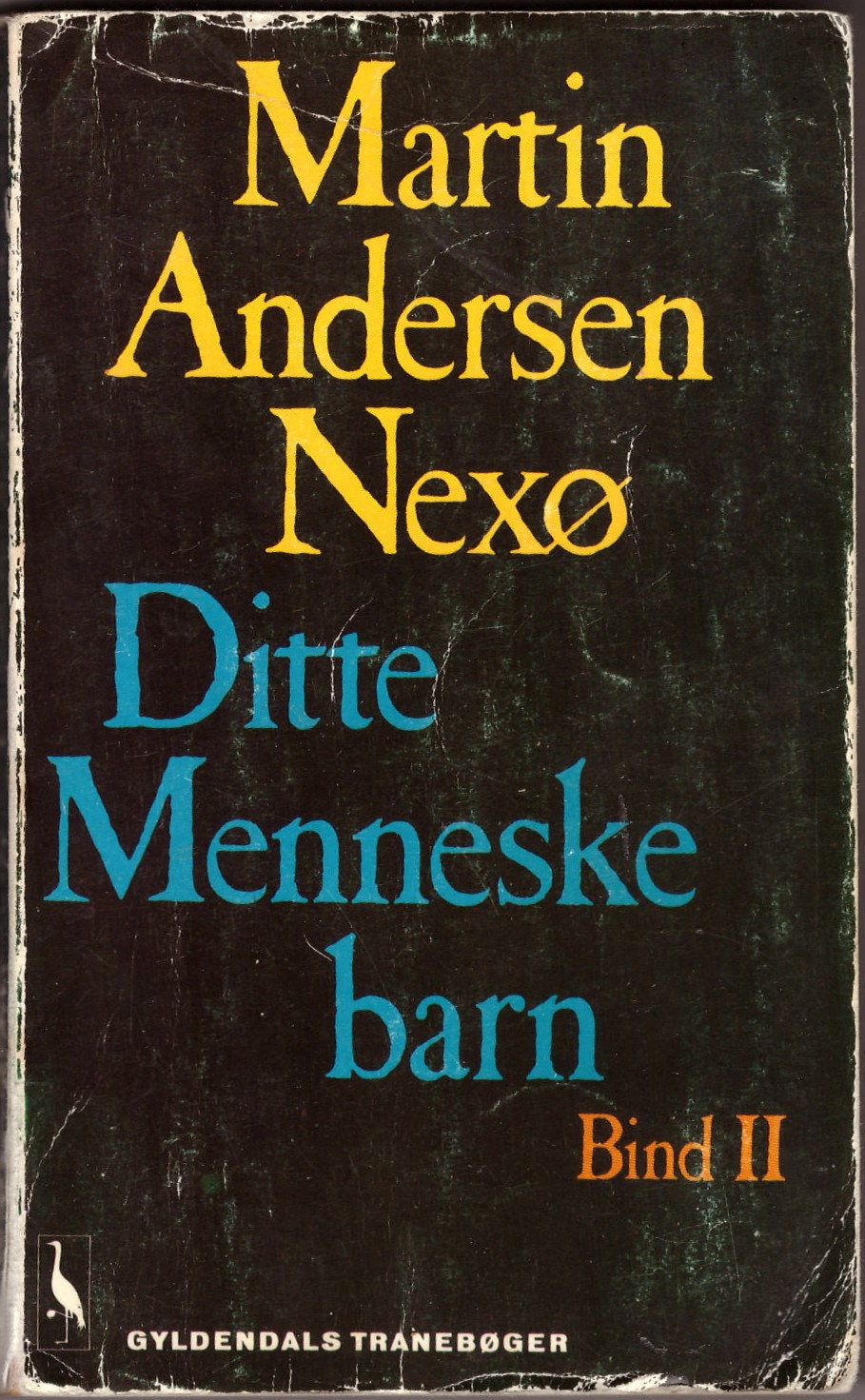 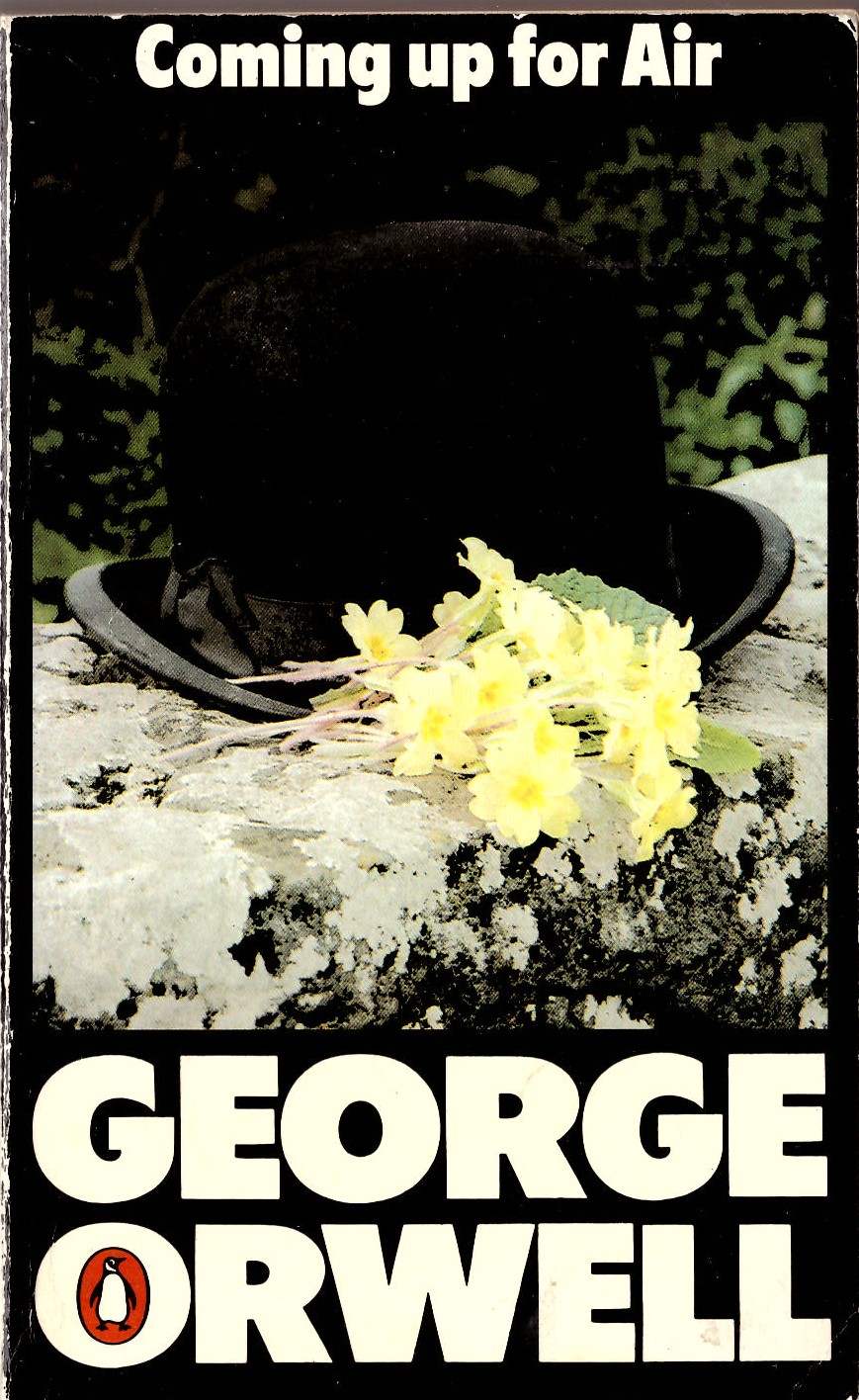 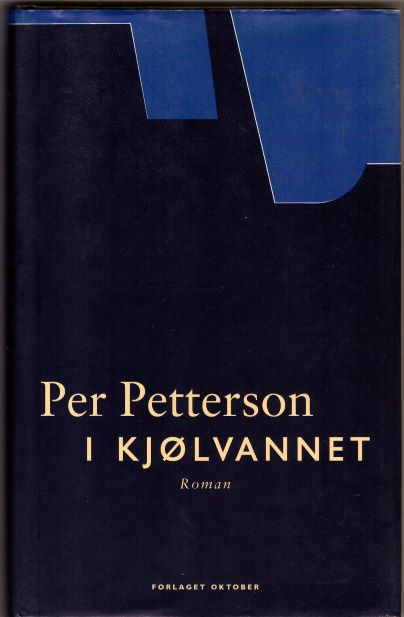
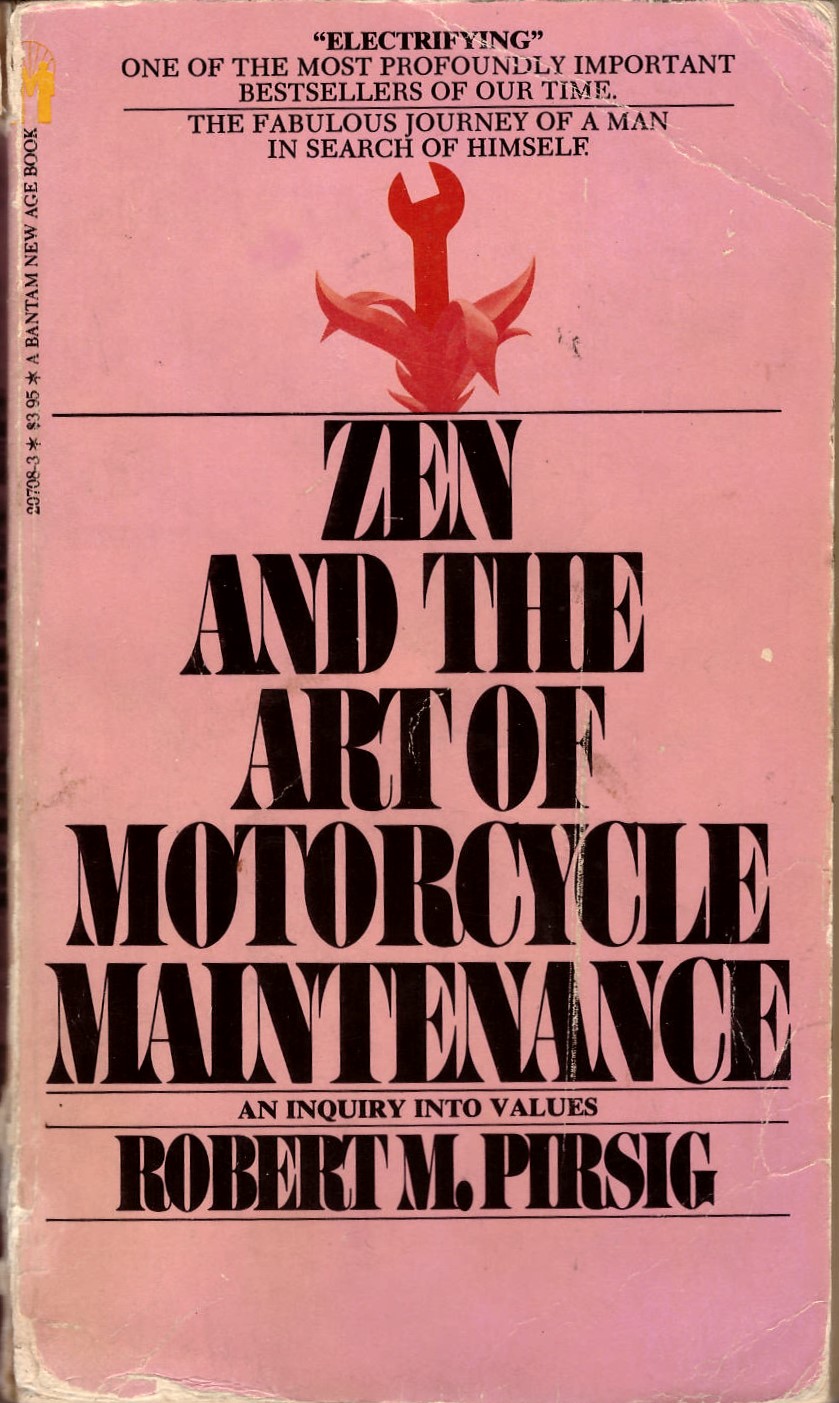   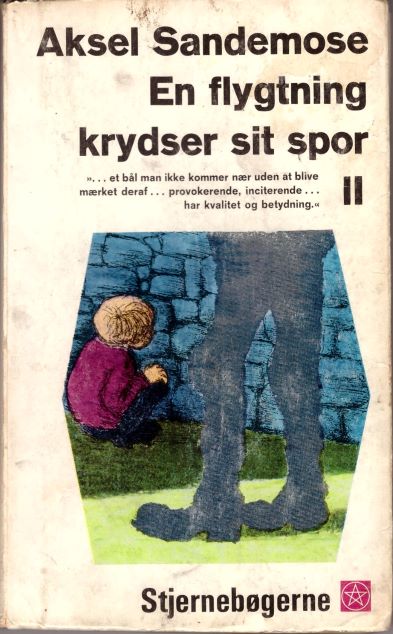
 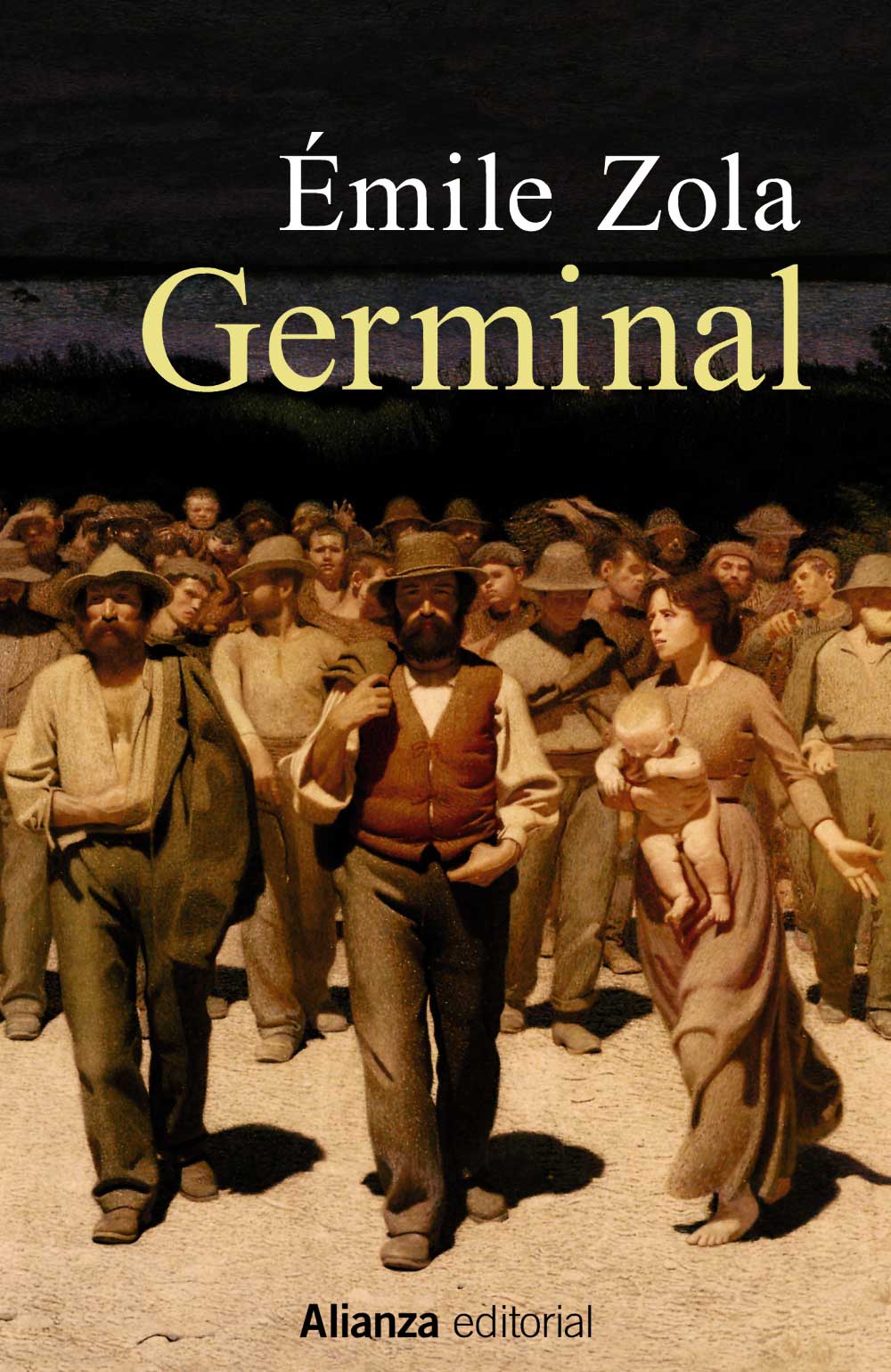 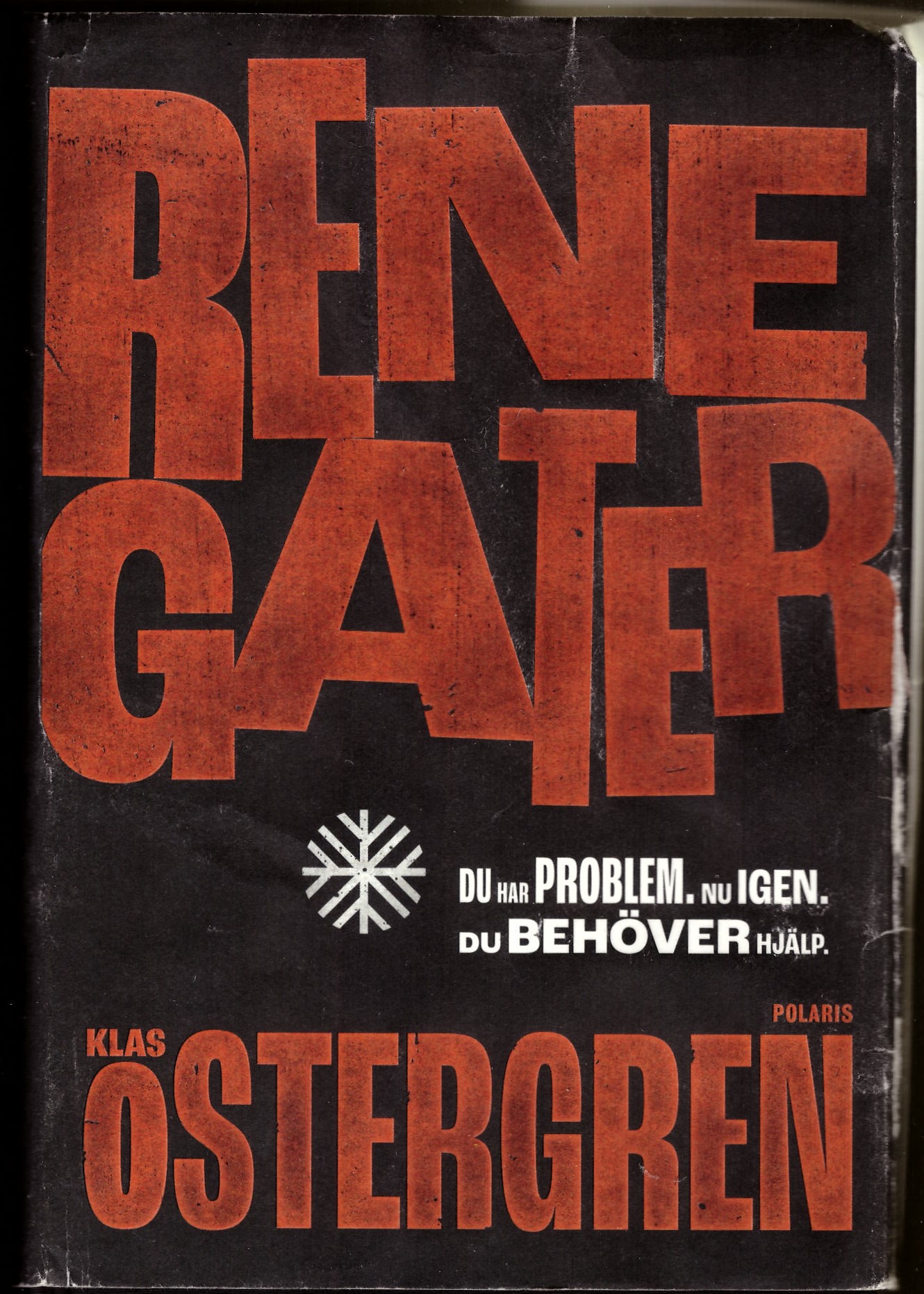 |
